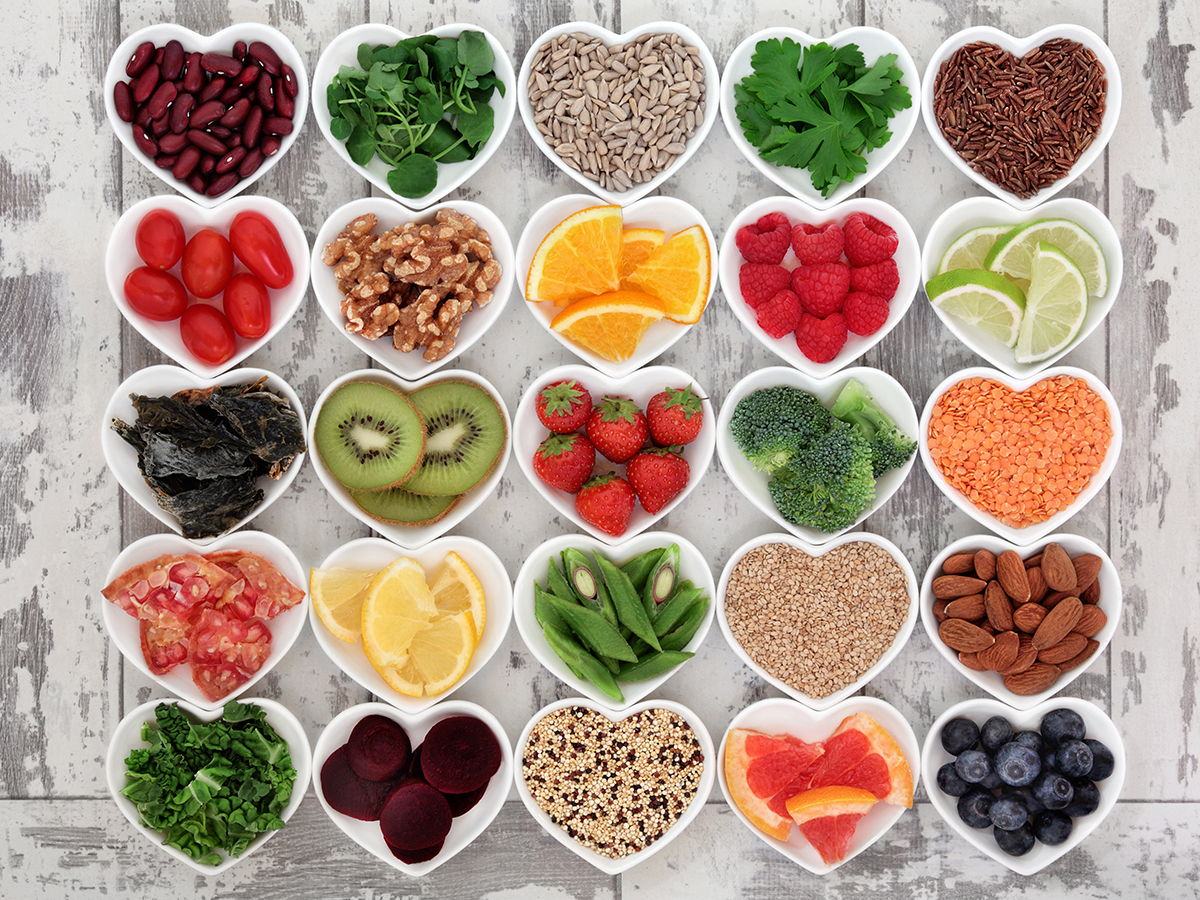

Cardiovascular disease (CVD) affects over four million Australian’s and unfortunately, over three quarters of Aussies are at risk of CVD. However, the good news is most of these risk factors are treatable!
With today being ‘Wear Red’ Day (February 14th) it is the perfect time to put the spotlight on CVD and raise awareness for this condition. We thought we’d talk about some factors that affect our heart health and ways to prevent CVD!
Common risk factors of CVD:
- High blood pressure
- High cholesterol levels
- Being overweight/obese
- Physical inactivity
- Smoking
- Alcohol consumption
- Diet
Diet
Eating habits alone can impact four of the seven risk factors listed (amongst other factors like genetics). With diet having such a strong link to heart health, we have listed our top nutrition tips to help you stay heart healthy.
Vegetables
Did you know only seven per cent of Australian’s are eating the recommended five serves of vegetables daily? Research shows us that eating all five serves per day can reduce your risk of CVD by up to sixteen per cent! That’s powerful stuff. We know it’s dry information but vegetables don’t have to be boring! By including one cup of salad at lunch, whether it be in a sandwich, wrap, or on its own, along with two cups of cooked vegetables at dinner (e.g. one roasted potato, half cup pumpkin, one cup mixed broccoli and cauliflower) can easily bring you to the five serves per day.
Mixing up your protein sources
You’ve probably heard that red meat isn’t the best for a healthy heart but that really doesn’t stop us, does it? (And to be honest we don’t blame you). So rather than removing red meat entirely, just focus on including a variety of different protein options. For example, fish! Oily fish in particular, is an excellent source of Omega-3’s which are incredibly good for our heart health. In fact, just three serves of oily fish per week gives us enough omega-3’s to have a cardio-protective effect.
You could also consider boosting your intake of plant-based proteins (and we aren’t meaning the fake meat range). This could include options such as beans, lentils, chickpeas, tofu, nuts and seeds. For example, using black beans for your taco filling, having baked beans on toast, adding marinated tofu to a stir-fry or cooking up some lentil soup!
Opt for healthy fats and reduced fat dairy options
There are two main types of healthy fats (mono and polyunsaturated). These work by not only lowering bad cholesterol, but also raising good cholesterol! Great ways to boost your healthy fat intake include cooking with olive oil, swapping butter for margarine, adding avocado to salads, snacking on a handful of nuts, or simply enjoying some free-range eggs.
Choosing low fat dairy will also help to reduce saturated fat intake. This is important as high saturated fat typically increases LDL (‘bad’) cholesterol. You could also try a range of calcium fortified non-dairy alternatives such as almond or soy milk for something different!
Limit discretionary foods
Discretionary foods are those ‘extras’ that are (unfortunately) a lot of the yummy foods like chocolate, ice cream, crisps, chips, pastries and deep-fried foods. Keep in mind, the key message here is LIMIT not completely remove these foods. Whilst these foods aren’t great for our health, particularly heart health, they still play a fundamental role in enjoying food. A good rule of thumb is to save them as occasional foods rather than everyday staples (for example limiting them to 1-2 times per week).
Seeing a dietitian
If you have been identified by your doctor as being at risk of heart disease, seeing a dietitian is a great way to get personalised advice on what dietary changes you can make to better support your heart health.
